Marrying Tradition : Chinese
Labels: Wedding Traditions
Most Chinese wedding are heavily laden with symbolism that wish the couple a happy life together that is filled with luck and prosperity and many children.
The hair-combing ceremony
The hair-combing ceremony is held the night before the wedding day, between 11pm and 1am. It is performed simultaneously on the bride and groom in their respective homes.
In each home, a married lady who has had a good life and many children is chosen to perform the ceremony. While combing the hair, the ladies performing the ceremony chant three auspicious phrases to bless the about-to-married person with everlasting love, many children and prosperity.
After the ceremony, everyone is served glutinous rice balls (tang yuan) in sweet syrup. This signifies the sweet life the couple will have after their wedding.
Picking up the bride
On the big day, the groom has to arrive at the bride's home at an auspicious time. In the old days, most marriages were arranged and the couple would not have met till this ceremony. this ceremony gave an opportunity for the bride's friends and relatives to get to know the groom.
During the ritual, the bride's friends tease the groom and he has to win the bride by performing certain feats. Nowadays, the groom is made to do things like eating wasabi and chilli to show his love for the bride. All this is done in good fun.
The tea ceremony
The tea ceremony is held twice. Once in the bride's home and then again in the groom's home. During the tea ceremony, the newly-weds present the bride with gifts such as gold, jewellery and money. After that, children of the household serve tea to the couple, who give them 'lucky money' (ang pow).
The idea behind the tea ceremony is to introduce the bride and groom to their respective families. Jewellery and money given during the ceremony is kept by the bride as traditionally women did not own any property or valuables. So, any money and jewellery from the wedding is hers to keep.
The bridal chamber
When the couple enter the bridal chamber in the groom's house, they will be greeted with a spread of sweets and fruits on the marital bed. These items consist of dried longan, red dates, lotus seeds and sweets. There is a reason why these items are chosen.
The red dates & lotus seeds: symbolises the hope for a male heir
The sweets: signify a happy and sweet life
Another tradition that has survived to this day is the filing in of a chamber port with the same food items and sealing it with red paper. When the couple enters the room, a young boy is instructed to tear the red paper on the pot, and reach in and take out the items - this is suppose to ensure that the couple soon have many children.
Going back to the bride's home
After visitng her marital home, the bride changes out of her wedding dress for the return trip to her own home. The bride and groom are then treated as guests in the bride's home. The couple also brings back gifts such as apples with them. Apples are popular because the sound like "peace" in Mandarin.
The hair-combing ceremony
The hair-combing ceremony is held the night before the wedding day, between 11pm and 1am. It is performed simultaneously on the bride and groom in their respective homes.
In each home, a married lady who has had a good life and many children is chosen to perform the ceremony. While combing the hair, the ladies performing the ceremony chant three auspicious phrases to bless the about-to-married person with everlasting love, many children and prosperity.
After the ceremony, everyone is served glutinous rice balls (tang yuan) in sweet syrup. This signifies the sweet life the couple will have after their wedding.
Picking up the bride
On the big day, the groom has to arrive at the bride's home at an auspicious time. In the old days, most marriages were arranged and the couple would not have met till this ceremony. this ceremony gave an opportunity for the bride's friends and relatives to get to know the groom.
During the ritual, the bride's friends tease the groom and he has to win the bride by performing certain feats. Nowadays, the groom is made to do things like eating wasabi and chilli to show his love for the bride. All this is done in good fun.
The tea ceremony
The tea ceremony is held twice. Once in the bride's home and then again in the groom's home. During the tea ceremony, the newly-weds present the bride with gifts such as gold, jewellery and money. After that, children of the household serve tea to the couple, who give them 'lucky money' (ang pow).
The idea behind the tea ceremony is to introduce the bride and groom to their respective families. Jewellery and money given during the ceremony is kept by the bride as traditionally women did not own any property or valuables. So, any money and jewellery from the wedding is hers to keep.
The bridal chamber
When the couple enter the bridal chamber in the groom's house, they will be greeted with a spread of sweets and fruits on the marital bed. These items consist of dried longan, red dates, lotus seeds and sweets. There is a reason why these items are chosen.
The red dates & lotus seeds: symbolises the hope for a male heir
The sweets: signify a happy and sweet life
Another tradition that has survived to this day is the filing in of a chamber port with the same food items and sealing it with red paper. When the couple enters the room, a young boy is instructed to tear the red paper on the pot, and reach in and take out the items - this is suppose to ensure that the couple soon have many children.
Going back to the bride's home
After visitng her marital home, the bride changes out of her wedding dress for the return trip to her own home. The bride and groom are then treated as guests in the bride's home. The couple also brings back gifts such as apples with them. Apples are popular because the sound like "peace" in Mandarin.
Posted by
Neoromantic
on
Wednesday, October 8, 2008
Subscribe to:
Post Comments (Atom)
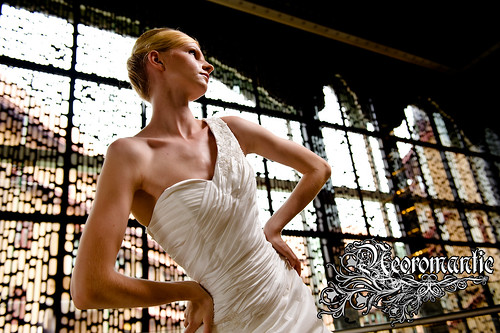
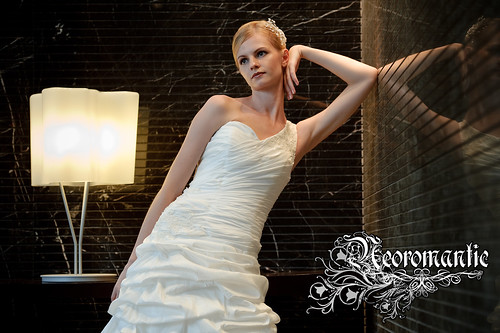

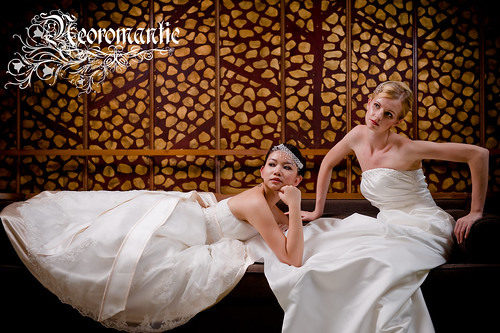

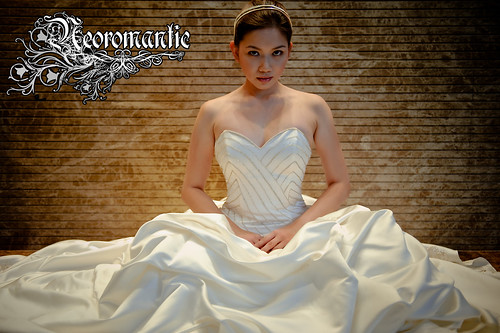
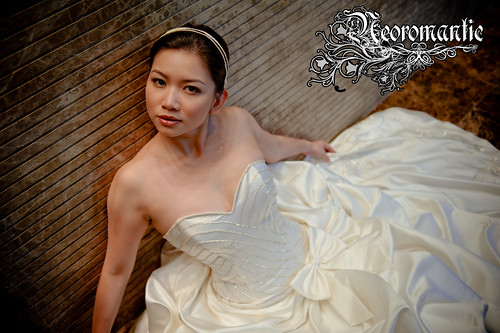
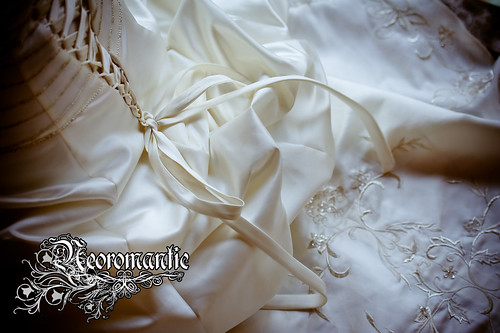



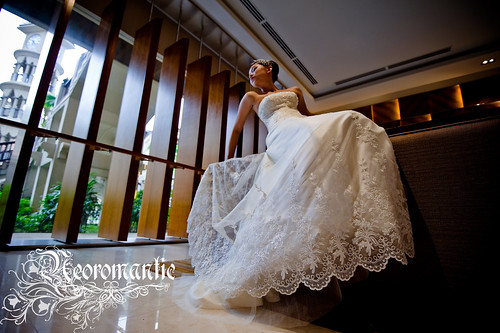




0 comments:
Post a Comment